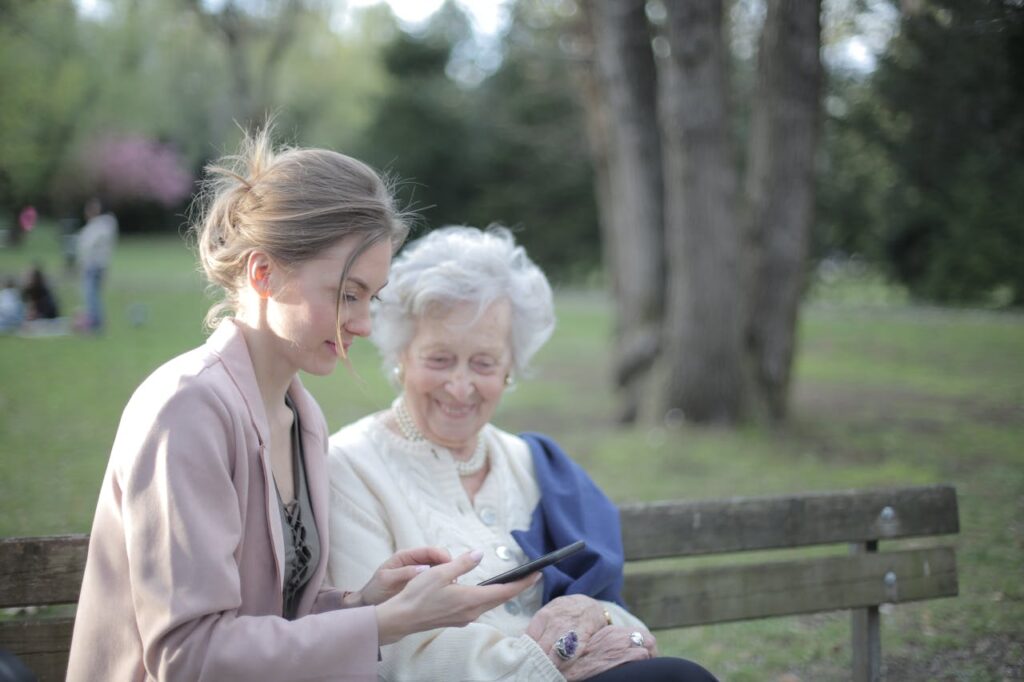The Comprehensive Guide to Password Security: Ensuring Your Digital Protection
The Comprehensive Guide to Password Security: Ensuring Your Digital Protection In the modern cyber landscape, your passwords are the sentinels of your digital defenses. They are the first line of protection that stands between sensitive information and the assorted terrors hiding in the virtual shadows. From sophisticated phishing schemes to brute force attacks, the threats are as varied as they are numerous. Interestingly, despite our familiarity with these dangers, many of us continue to rely on digital door locks that are, for the lack of a better word, flimsy. And that could spell disaster. This comprehensive guide doesn’t just preach about the importance of strong passwords—it equips you with the knowledge and tools to fortify your digital identity. The Anatomy of a Robust Password Length Matters—The Long and Short of It The length of a password is directly proportional to its strength. Short and sweet? Not for passwords. A minimum of 12 characters provides a good baseline as it drastically complicates any brute force attempts. But why stop there? Go the extra mile and create passphrases—combinations of words or a sentence that are easy to remember but difficult to guess. The Power of Incorporating Complexity Complexity in your passwords is your secret weapon. A combination of upper and lower case letters, numbers, and symbols adds layers of difficulty to the mix. But be careful, complexity should not come at the cost of memorability. Utilize substitutions sensibly. For instance, replacing ‘o’ with ‘0’ or ‘s’ with ‘$’ can enhance complexity without being hard to recall. The Forgotten Factor—Regular Changes The idea of changing passwords regularly has been controversial, with security experts debating its actual effectiveness in recent years. While frequent changes can lead to simpler, iterative passwords, it makes much more sense to change passwords in response to a breach or when you suspect a vulnerability. A compromised password that stays the same across multiple logins is a disaster in slow motion. The Conundrum of Memorization The Art of the Mnemonic Mnemonics, or memory aids, can be a versatile tool for password recall. Create a phrase or rhyme to remember your password, using the first letter of each word as your password components. Be sure, however, that the phrase isn’t something easily connected to you. The Hard Profess of the Hard-to-Remember Some passwords will be tough to remember no matter the method. If you’re faced with a particularly complex password, repeat the process of inputting it a few times throughout the day. Repetition is the key to memory. When Memorizing Isn’t an Option In the event a password is simply too complex to remember, that’s what password managers are for. Your job is to remember one very strong password, and the manager will handle the rest. Continuous Vigilance and The Human Element Social Engineering—The People Problem Passwords may be digital but human are not—you’re likely the weakest link in your own security chain. Social engineering attacks operate on the principle that it’s often easier to trick a person than to hack into a system. Be wary of unsolicited messages asking for your password, no matter how official they seem. Updates and Uptakes Stay informed about the latest breaches and phishing techniques. Make a point to educate your team or family members. Implement multi-factor authentication where possible, further complicating breaches. The Backdoor Dilemma Some services provide the option for a backdoor, such as a one-time code texted to your phone. These can be a double-edged sword—while they provide an extra layer of security, they also introduce a single point of failure. The Role of Businesses in Password Security The Corporate Connection For business owners, the responsibility of password security is amplified. Your data is not just yours—it’s your clients’, your employees’, your brand’s. Implementing strict password policies, utilizing enterprise-grade security solutions, and fostering a culture of cyber awareness are critical steps. Balancing Security and Usability Make it easy for your employees to use strong, unique passwords. Consider single sign-on solutions or robust password management platforms. Remember, the easier it is for them to adhere to good password practices, the likelier they are to do so. The Data Handling Dilemma Ensure you’re handling and storing your customers’ data with the utmost care and responsibility. Encrypt sensitive data, and never store passwords in plain text. Looking to the Future—The (Un)Crackable Password? The Quest for the Unbreakable Code The search for the perfect password is akin to the search for the Holy Grail. We are constantly seeking that fine equilibrium between security and usability. With advancements in quantum computing, the very rules that govern password-protected systems may shift. The future of passwords is uncertain, but the principles of strength and uniqueness will likely endure in some form or another. Passwords in the Ever-Connected World With the advent of IoT and ever-increasing interconnectivity, the domain of ‘passwords’ is expanding. From your thermostat to your refrigerator, everything comes with a recommended or mandatory login. Since our lives will only grow more digitized, understanding and implementing robust password practices is increasingly crucial. Conclusion Your passwords are digital keys to your life. They unlock access to your finances, personal communications, and perhaps most importantly, your private data. In the same way that you wouldn’t leave your front door unlocked overnight, do not underestimate the necessity of secure passwords. By understanding the principles of creating and safeguarding strong passwords, and by staying vigilant against the human elements of security breaches, you take control of your digital safety. Remember, a little effort in password security can save you from a world of trouble.



